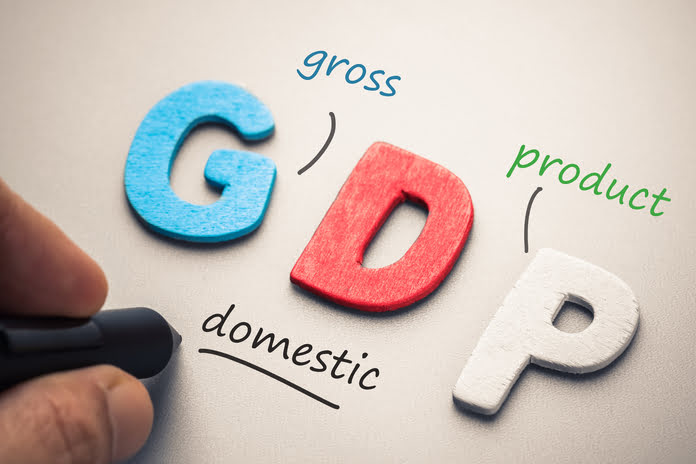The upcoming report on U.S. Q4 GDP, scheduled for Thursday, is anticipated to reveal a growth rate of 2.0% on an annualized basis, a notable decline from the robust 4.9% recorded in Q3. Despite this slowdown, the economy is expected to receive support from resilient consumer spending, with Q4 household spending projected to grow by 2.5%. The latest U.S. December retail sales report, released last Wednesday, exceeded expectations, showing a monthly increase of +0.6% compared to the anticipated +0.4%, indicating ongoing strength in consumer demand.
At the onset of 2023, analysts were predominantly forecasting a recession. However, if Thursday’s GDP report reflects another quarter of solid growth, it will reinforce the Federal Reserve’s outlook for a soft landing of the economy. Over the past year, stronger-than-expected growth has defied predictions of a U.S. recession. With falling inflation rates and a relatively strong labor market, consumers may possess the confidence to sustain economic momentum throughout 2024.
Recent surveys measuring consumer confidence align with this positive outlook, with last Friday’s University of Michigan U.S. January consumer sentiment index rising +9.1 to a 2-1/2 year high of 78.8, surpassing expectations. Additionally, the unexpected decline in inflation expectations to a 3-year low of 2.9% further supports consumer confidence.
The robust U.S. labor market acts as another supportive factor for consumer spending, as evidenced by the low weekly filings for unemployment insurance, hitting a 16-month low. The data implies that companies are retaining staff, even amid a slowdown in hiring. The combination of easing inflation and a gradual softening in the job market has heightened expectations for the Federal Reserve to initiate interest rate cuts as early as March, potentially providing an additional boost to consumer confidence and spending.
However, challenges persist for consumers, including weak foreign growth, doubts about the sustainability of domestic demand, and uncertainties linked to the upcoming November elections. Despite these headwinds, ongoing earnings reports suggest that consumers remain resilient. Procter & Gamble’s CEO emphasized the solidity of the U.S. market, and Mizuho Securities USA believes that combined spending by households and governments could offset lackluster investment, contributing to an average growth rate of 2%.
Featured Image: Freepik









